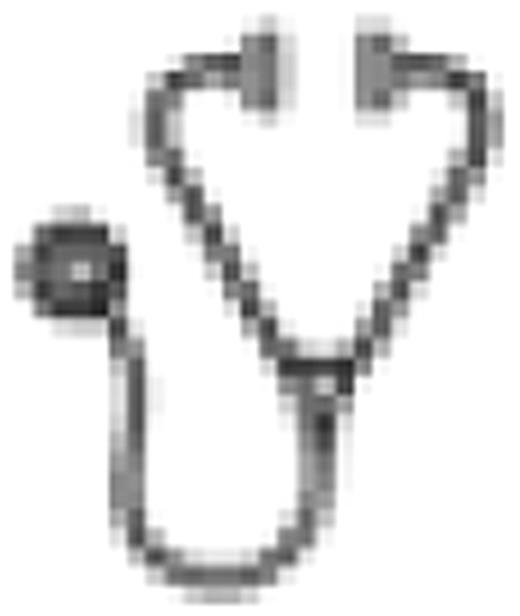Abstract
We reported that complement cascade (CC) becomes activated in bone marrow (BM) during mobilization of hematopoietic stem/progenitor cells (HSPCs) by immunoglobulin (Ig)-dependent pathway and/or by alternative Ig-independent pathway as seen during G-CSF- or Zymosan mobilization, respectively. As a result, several potent bioactive CC anaphylatoxins (C3 and C5 cleavage fragments) are released that regulate egress of HSPCs (Blood 2003;101,3784; Blood 2004;103,2071; Blood 2005;105,40, Leukemia 2009; in press.). This explains why: i) NOD/SCID and RAG-/- animals that do not activate the Ig-dependent CC classical pathway; ii) C2fB-/- and C3-/- mice that do not activate the classical and alternative CC pathways; and iii) C5-/- mice that do not activate the distal pathway of CC are all poor G-CSF- and/or Zymosan mobilizers. In this study, we evaluated the role of CC in mobilization induced by CXCR4 antagonist AMD3100. We noticed that all CC activation-deficient mice mentioned above, except C5-/- mice, mobilize normally in response to AMD3100 administration. Accordingly, the number of mobilized CD34- SKL cells, leucocytes, and CFU-GM clonogeneic progenitors in mutant mice was similar to wt littermates. More important we observed that AMD3100 mobilization of HSPCs was preceded by a massive egress of leucocytes from BM and that AMD3100 was able to stimulate in these cells i) phosphorylation of MAPKp42/44 and ii) secretion of MMP-9. At the same time, ELISA data to detect CC activation revealed that serum levels of CC cleavage fragments, which were low in the initial phase of AMD3100 mobilization during granulocyte egress, become elevated later during HSPC egress. Thus, our data show that despite a fact that G-CSF and AMD3100 mobilize HSPCs by involving different mechanisms, activation of CC is a common phenomenon occurring during mobilization induced by both compounds. This further supports a pivotal role of CC activation in the egress of HSPCs from BM; however, both compounds activate CC differently. While G-CSF administration initiates CC activation at its proximal C1q-C3 level, AMD3100 induces CC activation at the distal C5 level, pointing to a crucial role of C5 cleavage in executing mobilization. To support this, all mice employed in our studies that display defects in activation of proximal stages of CC (NOD/SCID, RAG, C2fB-/-, and C3-/-) are normal AMD3100 mobilizers. However, C5 is cleavage required for mobilization occurs in the plasma of these animals latter on - directly by proteases released from AMD3100-stimulated granulocytes that egress from the BM as a first wave of mobilized cells. This compensatory mechanism cannot occur from obvious reasons in C5-/- mice. We conclude that AMD3100-directed mobilization similarly as G-CSF-induced one depends on activation of CC; however, AMD3100 in contrast to G-CSF activates CC at distal stages – directly by proteases released from mobilized/activated granulocytes. Cleavage of C5 and release of C5a and desArgC5a create a sinusoid-permissive environment in BM for HSPCs egress. This suggests involvement of both C5 cleavage fragments as well as a potential role of downstream elements of CC activation - membrane attack complex - MAC (C5b-C9) in stem cell mobilization. Therefore, some poor AMD3100 patient responders could possess a defect in activation of the distal steps of CC.
No relevant conflicts of interest to declare.

This icon denotes an abstract that is clinically relevant.
Author notes
Asterisk with author names denotes non-ASH members.

This feature is available to Subscribers Only
Sign In or Create an Account Close Modal